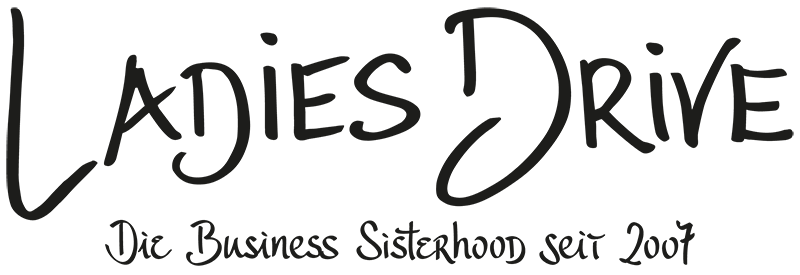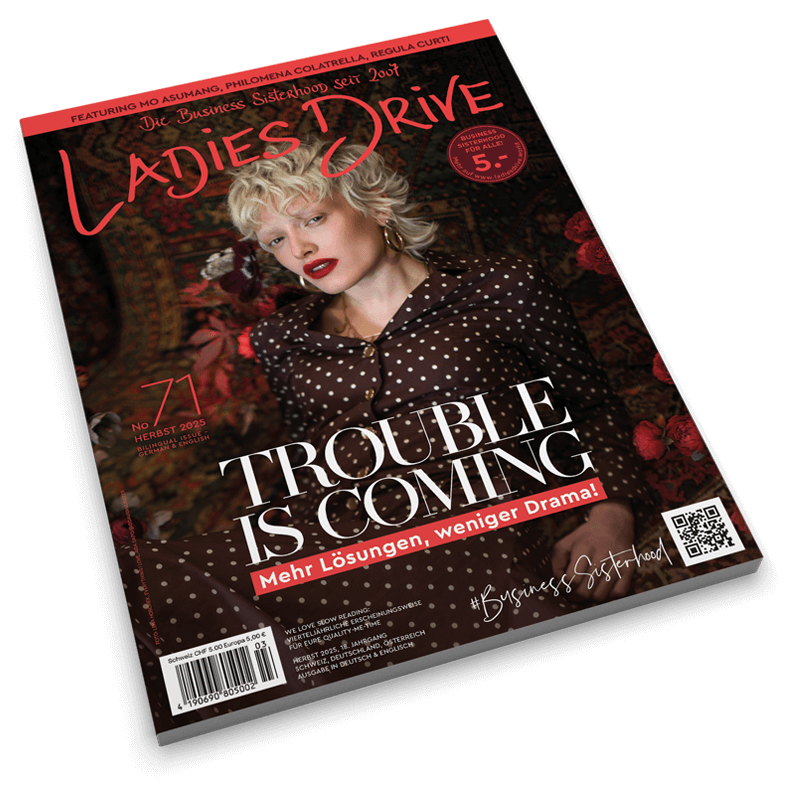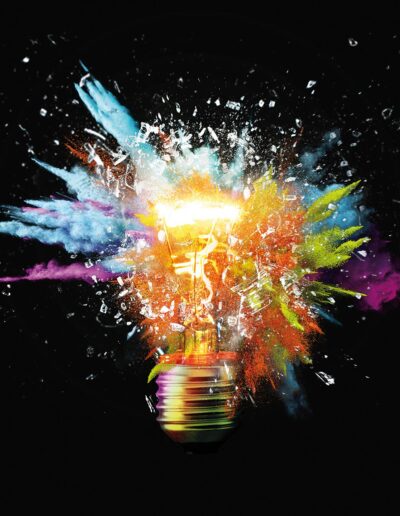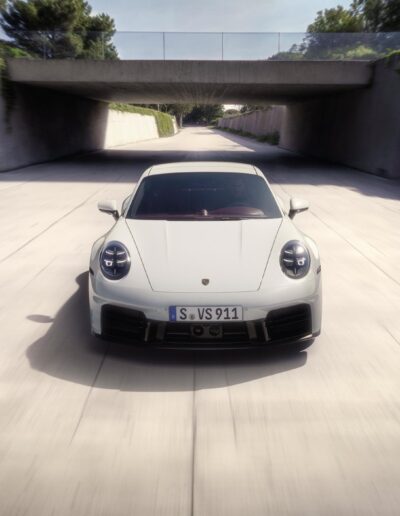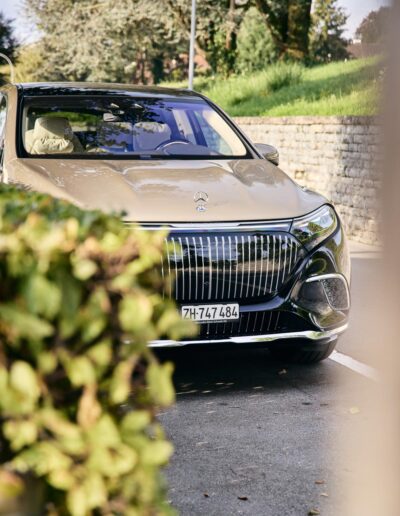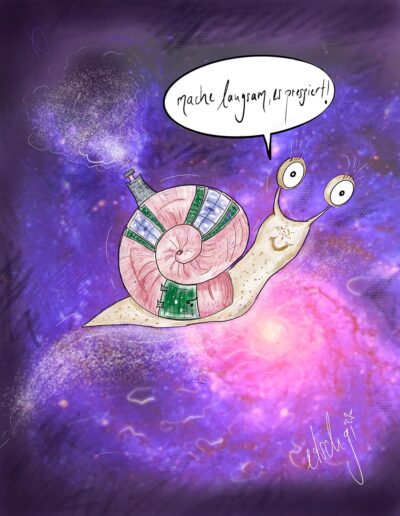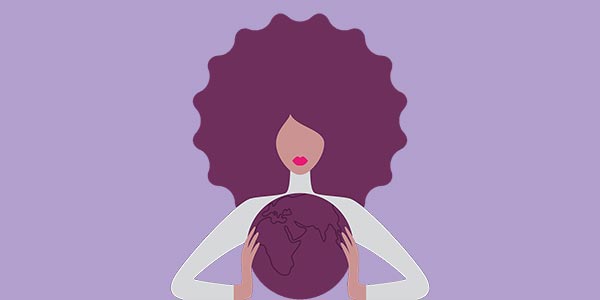This is where OMline and Slow Culture enter the conversation.
OMline isn’t a rejection of technology, but a recalibration.
It asks: how can we use our tools without becoming tools ourselves? How can we stay grounded and present, even while navigating digital lives?
Slow Culture offers a similar antidote to the hustle. It reframes slowness as strength, not inefficiency. It reminds us that attention is finite, depth matters, and real connection thrives in presence, not haste.
Together, these movements offer a new way forward: one that blends innovation with introspection, presence with progress. Here we explore how OMline and Slow Culture can shape healthier, more humane ways of living, working, and leading in the digital age.
As we step deeper into the digital era, it’s clear: many parts of life – workflows, shopping, healthcare, even emotional support – are moving online. AI will assist, automate, and anticipate with our screens becoming portals for convenience.
And yet, something in us longs to slow down.
The more we digitise, the more we crave what’s real: human warmth, unfiltered energy, and presence. Hearing a voice without a lag, holding a hand without a screen in between; these moments can’t be replicated by pixels.
Where are we heading? Toward a hybrid reality where digital tools serve us but don’t consume us; where we honour both efficiency and embodiment.
OMline is a conscious choice. It’s a reminder that as the world accelerates, we can still move with grace, and that true connection, deep listening, and shared presence will always belong to the offline world.
Let’s create space for both progress and presence. For connection that feels – not just functions.
In this rapidly digitising world, stress-related health issues are rising – and it’s no surprise why. As technology speeds up life, expectations for instant responses grow. Emails, messages, and chats fill our screens with urgency, eating away at mental space.
Yet quantity doesn’t always beat quality. As humans, we’ve got limits. Constant pressure to respond quickly leaves us overwhelmed and burnt out. Ironically, technology may also offer a solution. AI assistants and bots can handle routine tasks, freeing us to focus on deeper, more meaningful interactions.
The issue isn’t just workload, it’s the loss of control. That’s where movements like OMline and Slow Culture come in. They encourage us to reclaim our time, reduce the pace, and choose more mindful, deliberate ways of engaging. In a world that moves fast, power lies in choosing when – and how – to communicate, and when to slow down.
There’s a growing, almost frenetic, pursuit of mindfulness and slowness often mirroring the very acceleration it tries to resist, chasing immediate results instead of a deeper shift in rhythm. True slowness can’t be forced: it begins when mind and body meet the present moment, beyond optimisation.
In leadership, slowness starts with intention. It’s seen in how time is offered, in unhurried conversations, in availability that isn’t endlessly postponed. Attentiveness isn’t a sign of inefficiency, it’s what makes direction possible.
Supporting this shift isn’t about one method, but a practice of deep engagement with what’s already present. Techniques like breathwork, journalling, and sensory rituals matter less for their form than for the quality of attention they demand. It’s not the tool that brings presence, but the willingness to follow it inward. Stillness isn’t what happens when things stop: it’s what makes movement possible.
At the crossroads of non-stop innovation and rising burnout, the real choice isn’t online or offline, fast, or slow. The real choice is how we show up; digitally or physically with intention and presence.
OMline and Slow Culture remind us that life isn’t defined by pace, but by the quality of our attention. That slowing down isn’t failure, but a courageous act of returning to what matters most.
The future doesn’t have to be faster. It can be wiser. And in that wisdom, we may find space to breathe, to listen, and to truly connect.
